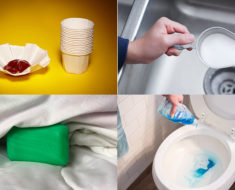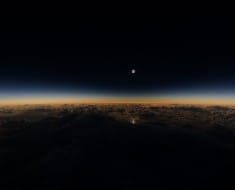
71 % of our earth is covered in water. Despite this crazy fact, only 1 in 9 people have access to clean, safe drinking water. That equates to roughly 785 million people.
The biggest issue is that 96.5% of all water found on earth is oceans water, which due to the high salt content, is not drinkable for humans. So this only leaves us with rivers, lakes and groundwater as safe drinking water sources.
According to the World Economic Forum, the global water crisis ranks as the fourth biggest risk in terms of the impact it has on society.
If you live in the United States or Canada, you may not truly understand just how scarce clean and safe drinking water is around the globe. In the U.S. and Canada, many of us simply turn on a faucet and have access to an unlimited supply of clean drinking water. For billions of people living on other continents, this simply is not the case. One NGO (Non-Government Organization) is trying to change that.
Give Power’s mission is to install solar energy technologies that will bring essential services to developing communities in need. Their most recent break-through project — installed a solar-powered desalination system to bring clean, healthy water to the people in Kiunga, a rural village in Kenya.
With this technology, the salty ocean water will now be a viable source of water for the people living in this village. The system is capable of producing about 70-thousand liters of drinkable water every day, which is enough water for 35,000 people to consume. Wow!
How awesome is this?
What is desalination?
Desalination is a process wherein salts and other minerals are separated from your water. To do this, you have to force the water through a membrane (think of it like an extraordinarily fine sieve) [5].
The trouble is, any solution (water included) likes to stay balanced. It naturally wants to have equal amounts of water, salt, and minerals on either side of the membrane. This is called osmotic pressure [6]. In order to remove the salt and minerals from the water, you have to overcome this force, which requires immense amounts of energy [5].
Traditional desalination processes also require large amounts of chemicals, including pH adjusters, coagulants and flocculants, deposit control agents (antiscalants, dispersants), biocides and reducing chemicals. In post-treatment, chemicals include chlorine, anti-corrosion additives and compounds for remineralization [7].
GivePower has solved these problems through a new technology called “solar water farms” [8]. The system uses solar panels that produce fifty kilowatts of energy, the energy is stored by two high-performance Tesla batteries, and it uses two water pumps that operate 24 hours per day [8].
The quality of water it produces is better than that of a typical water desalination plant, and does not produce the saline residues and pollutants they create which are harmful to animals and the environment [8].
The global water crisis is real.
The 785 million people mentioned earlier…they are just the beginning. According to the World Health Organization, around 2.2 billion people worldwide do not have access to safely-managed water services, 4.2 billion people do not have safely managed sanitation services, and 3 billion people lack basic facilities for simply washing their hands.
This means that even those who do have a source of freshwater nearby may not be able to drink it because it does not get adequately cleaned.









































